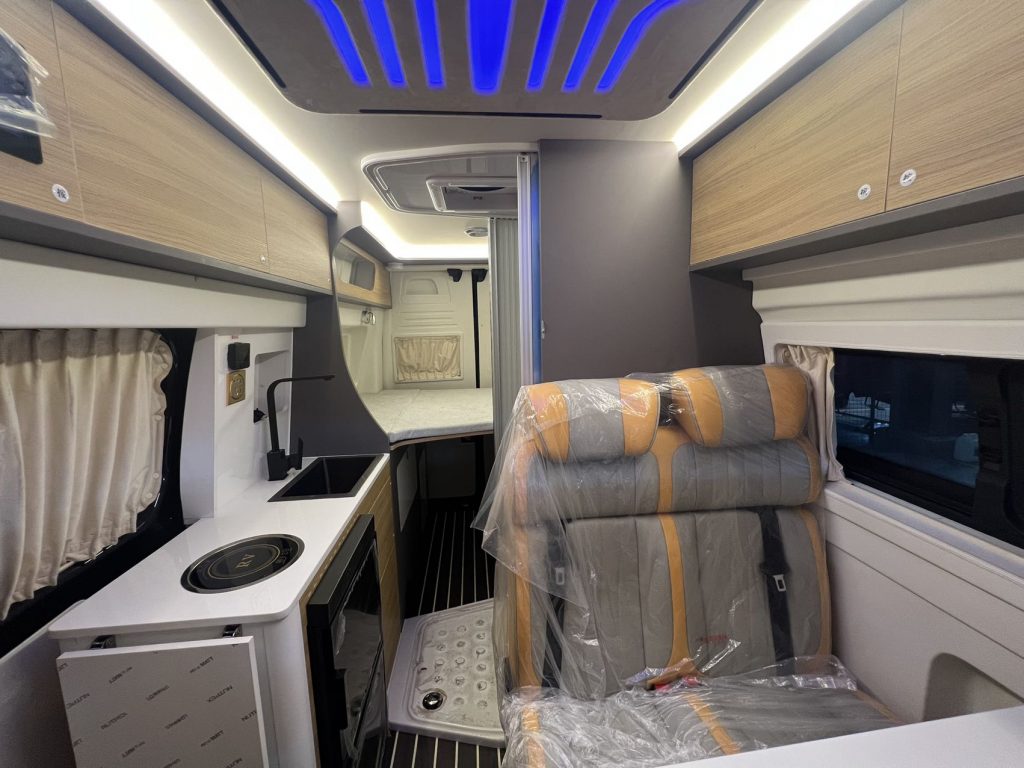Introduction
Truck mounted cranes have become indispensable tools in various industries, including construction, infrastructure development, and utility work. These versatile machines combine the mobility of a truck with the lifting capabilities of a crane, making them ideal for a wide range of tasks. In this article, we will explore the role of truck mounted cranes in utility work, highlighting their benefits, applications, and importance in maintaining essential services for communities.
History and Evolution of Truck Mounted Cranes
Truck mounted cranes have a long history dating back to the early 20th century when the first hydraulic crane was mounted on a truck chassis. Over the years, advancements in technology and engineering have led to the development of more efficient and powerful truck mounted cranes. Today, these machines come in various sizes and configurations to suit different needs and requirements.
The utility sector has been one of the key industries to adopt truck mounted cranes for a wide range of applications. From repairing power lines and transformers to installing streetlights and signage, these cranes play a crucial role in maintaining and upgrading essential infrastructure. Their versatility and mobility make them ideal for navigating urban areas and reaching difficult-to-access locations, ensuring that utility work is carried out efficiently and safely.
Benefits of Using Truck Mounted Cranes in Utility Work
There are several key benefits to using truck mounted cranes in utility work. Some of the most notable advantages include:
1. Mobility and Versatility: Truck mounted cranes can easily be driven to different job sites, eliminating the need for additional transport equipment. Their compact size and maneuverability allow them to access tight spaces and navigate congested urban areas with ease.
2. Lifting Capacity: Despite their relatively small size, truck mounted cranes offer impressive lifting capacities, making them suitable for a wide range of utility work tasks. Whether lifting heavy equipment, materials, or personnel, these cranes can handle the job efficiently and safely.
3. Time and Cost Savings: By combining the functions of a truck and a crane into a single machine, truck mounted cranes help save time and reduce costs associated with hiring separate equipment for lifting and transport tasks. This efficiency translates into increased productivity and profitability for utility companies.
4. Safety: Truck mounted cranes are equipped with advanced safety features, such as load moment indicators, outrigger systems, and emergency stop buttons, to ensure safe operation on job sites. Operators are trained to follow strict safety protocols to prevent accidents and injuries during lifting operations.
Applications of Truck Mounted Cranes in Utility Work
Truck mounted cranes are used in a wide range of utility work applications, including but not limited to:
1. Power Line Maintenance: Utility companies rely on truck mounted cranes to repair and maintain power lines, poles, and transformers. These cranes can lift heavy equipment and materials to elevated heights, allowing workers to perform repairs and installations safely and efficiently.
2. Streetlight Installation: Truck mounted cranes are commonly used to install and replace streetlights in urban and suburban areas. Their mobility and reach make them ideal for navigating tight spaces and reaching overhead locations, ensuring that street lighting systems are installed correctly and in a timely manner.
3. Signage Installation: Utility companies often use truck mounted cranes to install and replace signage along roads and highways. These cranes can lift and position large and heavy signs with precision, helping to improve visibility and safety for motorists and pedestrians.
4. Emergency Response: In the event of natural disasters or emergencies, truck mounted cranes play a vital role in utility work by assisting in the restoration of essential services such as power and communications. These cranes can quickly mobilize to affected areas and provide the lifting power needed to repair damaged infrastructure and restore service.
Importance of Truck Mounted Cranes in Utility Work
Truck mounted cranes are essential tools in utility work for several reasons:
1. Reliability: Truck mounted cranes are known for their reliability and durability, making them suitable for the demanding conditions of utility work. These machines are designed to withstand heavy use and harsh environments, ensuring that they can perform effectively day in and day out.
2. Boom truck financing options : The combination of a truck and a crane in a single machine makes truck mounted cranes highly efficient for utility work tasks. Operators can transport materials to job sites and lift them into position without the need for additional equipment, saving time and streamlining the workflow.
3. Safety: Safety is a top priority in utility work, and truck mounted cranes are equipped with a range of safety features to protect operators and workers on job sites. From load moment indicators to emergency stop systems, these cranes are designed to prevent accidents and ensure safe lifting operations.
4. Versatility: Truck mounted cranes are versatile machines that can be adapted to a wide range of utility work applications. Whether lifting heavy equipment, installing infrastructure, or responding to emergencies, these cranes provide the flexibility needed to handle diverse tasks effectively.
Conclusion
Truck mounted cranes play a critical role in utility work by providing the lifting power and mobility needed to maintain essential services for communities. Their versatility, efficiency, and safety features make them indispensable tools for a wide range of applications, from power line maintenance to emergency response. As technology continues to advance, truck mounted cranes will likely become even more sophisticated and capable, further enhancing their value in utility work. By investing in these innovative machines, utility companies can ensure that they have the tools they need to meet the challenges of the future and continue to provide reliable services to the communities they serve.

